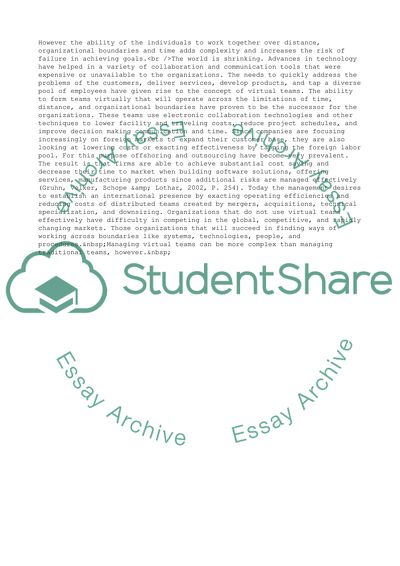Cite this document
(Communication and Collaboration Issues Coursework Example | Topics and Well Written Essays - 1500 words - 1, n.d.)
Communication and Collaboration Issues Coursework Example | Topics and Well Written Essays - 1500 words - 1. https://studentshare.org/management/1798197-research-methods-for-managers
Communication and Collaboration Issues Coursework Example | Topics and Well Written Essays - 1500 words - 1. https://studentshare.org/management/1798197-research-methods-for-managers
(Communication and Collaboration Issues Coursework Example | Topics and Well Written Essays - 1500 Words - 1)
Communication and Collaboration Issues Coursework Example | Topics and Well Written Essays - 1500 Words - 1. https://studentshare.org/management/1798197-research-methods-for-managers.
Communication and Collaboration Issues Coursework Example | Topics and Well Written Essays - 1500 Words - 1. https://studentshare.org/management/1798197-research-methods-for-managers.
“Communication and Collaboration Issues Coursework Example | Topics and Well Written Essays - 1500 Words - 1”. https://studentshare.org/management/1798197-research-methods-for-managers.


